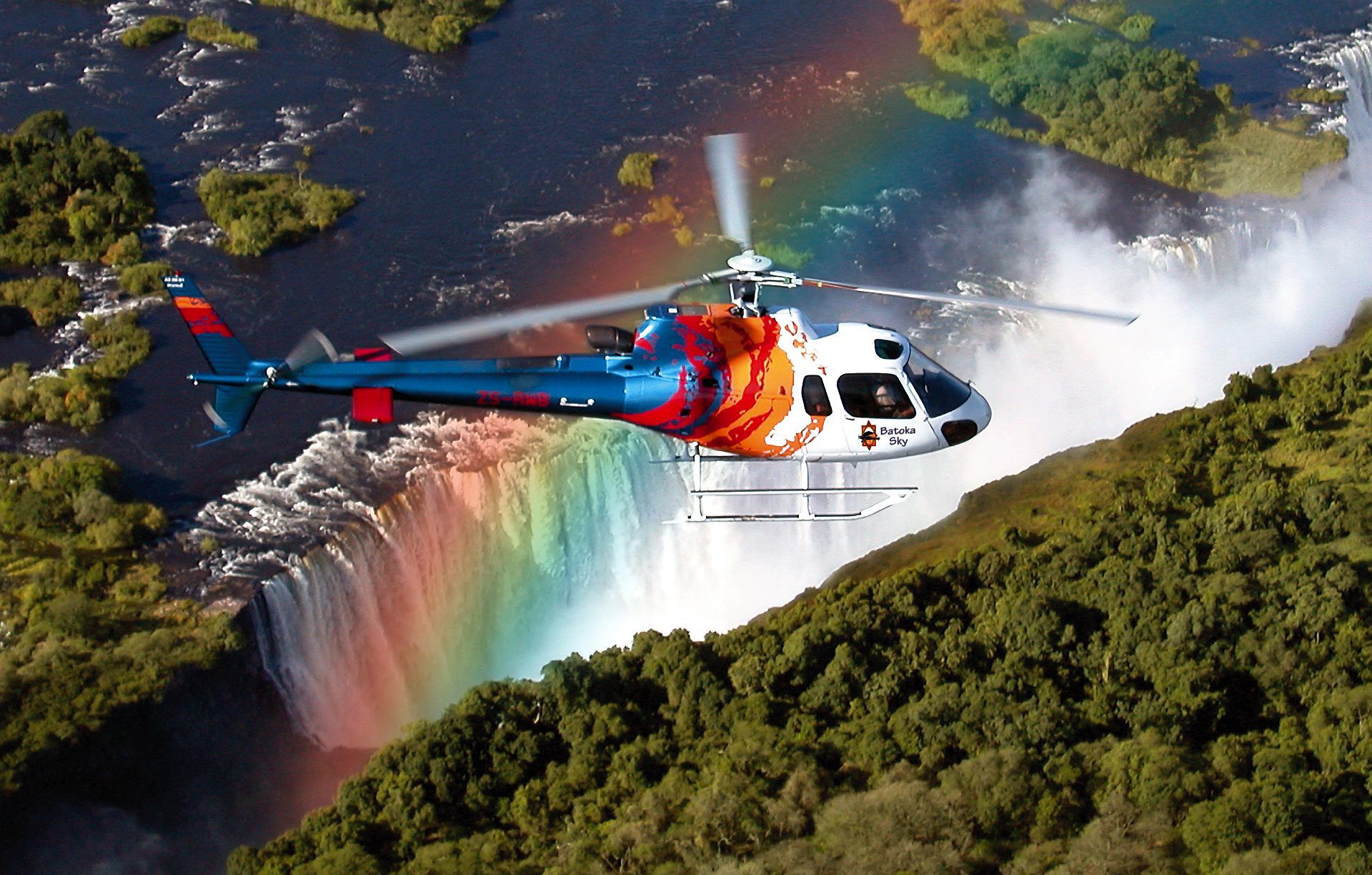Joint efforts to maximise Victoria Falls tourism earnings
ZIMBABWE and Zambia have renewed their commitment to scaling up collaboration to maximise the economic gains accruing from the mighty Victoria Falls heritage site through enhanced marketing strategies while mainstreaming standard conservation of the resource to ensure future sustainability.
The two neighbouring countries share the mighty Victoria Falls, one of the fascinating seven natural wonders of the entire world due to its outstanding natural beauty.
The facility makes contributions to national income and growth in Zimbabwe and Zambia mainly through tourism and the provision of other related goods and services.
Given the need to conserve and effectively manage the prime world heritage site in a sustainable manner, a Joint Ministerial Committee Meeting between Zambia and Zimbabwe was conducted on Friday at Avani Hotel in Livingstone, Zambia.
Environment, Climate, Tourism and Hospitality Industry Minister, Mangaliso Ndlovu, and his Zambian counterpart, Rodney Sikumba, and their delegations participated in key deliberations regarding developments and management of the Victoria Falls site.
While both countries reiterated their commitment to the maintenance of the integrity of the World Heritage Site, and working together with other state parties to ensure the property remains a sought-after natural wonder of the world, the meeting noted with concern the low visitor numbers when compared to other global prime destinations.
Cde Nqobizitha Mangaliso Ndlovu
“We further note with concern the low combined visitor numbers into the property when compared to sites of similar status elsewhere,” reads a joint communiqué issued after the meeting.
“We agree and commit to jointly market the property as one destination and pursue sustainable development projects that will enhance visitor experience.
“We instruct the Joint Technical Committee (JTC) to ensure that Unesco World Heritage Centre is notified whenever there is a new development proposal in and around the property in accordance with existing Operational Guidelines.”
Earlier in his address, Minister Ndlovu stressed the need to reflect on what properties of a similar nature are generating in terms of tourism earnings, which will be critical in guiding the setting up of ambitious targets for both countries.
“On the tourism front, I am reliably informed that the property received about 390 000 visitors in 2022, and at this point in time we may not be able to indicate how much was received as revenue and how many people are employed directly benefiting from the property,” he said.
“More visitors mean more revenue, which translates to economic growth and opportunities for both our peoples. On the other hand, we will need to ensure that as we increase the number of visitors, we do not affect the integrity of our property.”
Minister Sikumba said ensuring sustainable management of Victoria Falls in line with the universal standards was critical for future generations.
“We also realise the great potential the site has to provide an oasis of socio-economic development, through well-planned and environmentally friendly developments within and on the periphery of the Victoria Falls/Mosi-oa-Tunya Falls world heritage site,” he said.
“It is in this vein that this meeting was convened to address issues relating to the current status of the world heritage site and also to consider emerging issues as driven by the need for economic growth, job creation, and tourism growth within this area.
“It is important to maximise the economic returns accruing from the site, without lowering the conservation standards. This balancing act needs to be buttressed by well-informed processes and empirical evidence that can reassure global stakeholders that the priority is resource protection, and the basis for resource protection is the sustainable use and economic benefits within and outside the boundaries of the protected areas.”
The meeting also noted the progress made by the Joint Technical Committee on the completion and submission of the Strategic Environmental and Social Impact Assessment (SESA) for the property and urged the JTC to utilize the findings gathered, and the recommendations.
It, however, noted with concern the inadequate participation of both states’ parties at the International World Heritage Committee meetings, as well as other Unesco Heritage fora.
“We commit to ensuring the participation of experts in all Unesco heritage meetings,” it resolved.
During the two preparatory meetings, technical officials from both states deliberated at length on the welfare of the property and noted the various developments going in the site, which are critical to the preservation of the outstanding universal values.
The ministers expressed satisfaction with the progress made by the state parties in the joint management of the property and affirmed their commitment to upholding the 1972 Unesco World Heritage Convention and Operational Guidelines.
Also in attendance was Zambian permanent secretary for tourism, Mr Evans Muhanga, chief executive for Zambia Tourism Agency, Mr Matongo Matamwandi, director-general for parks and wildlife Zambia Mr Andrew Chomba, chief director tourism and hospitality management in Zimbabwe, Ms Tarirai Musonza, Zimbabwe Tourism Authority chief executive, Ms Winnie Muchanyuka, deputy director natural resources Mr Tanyaradzwa Mundoga, Zimparks officials, among others.-chronicle











